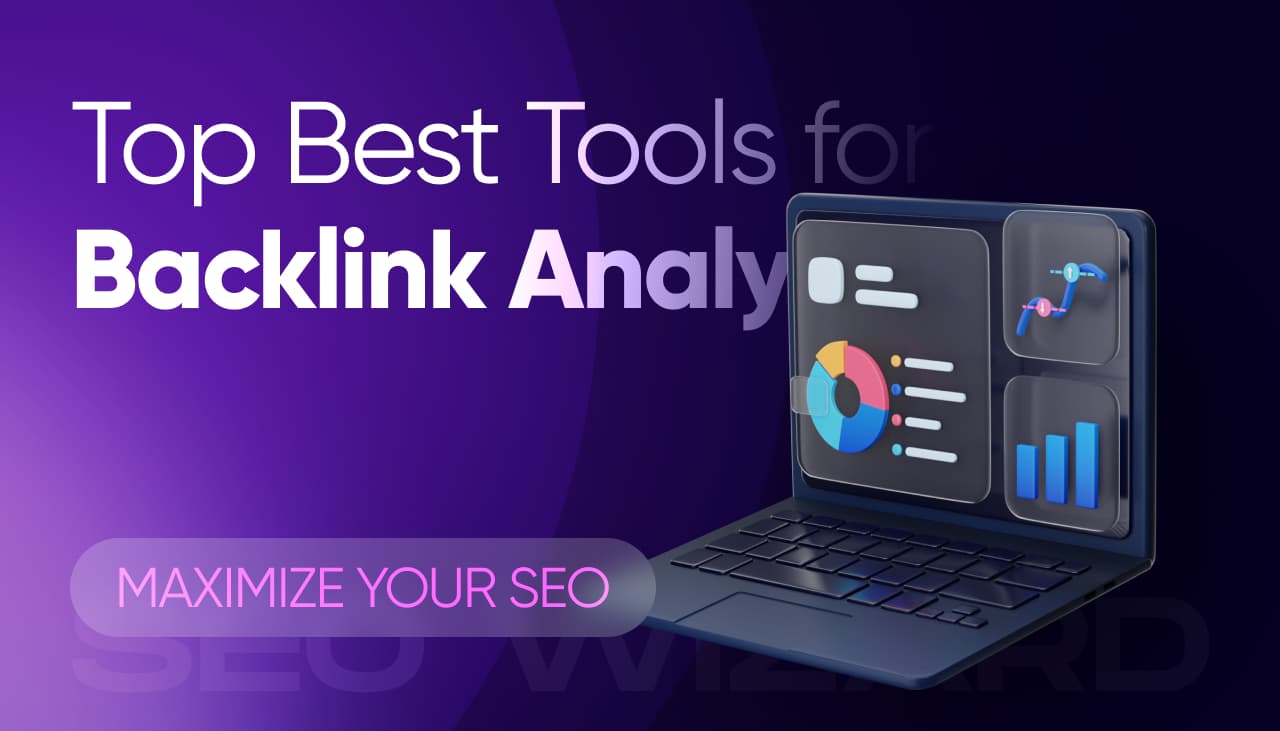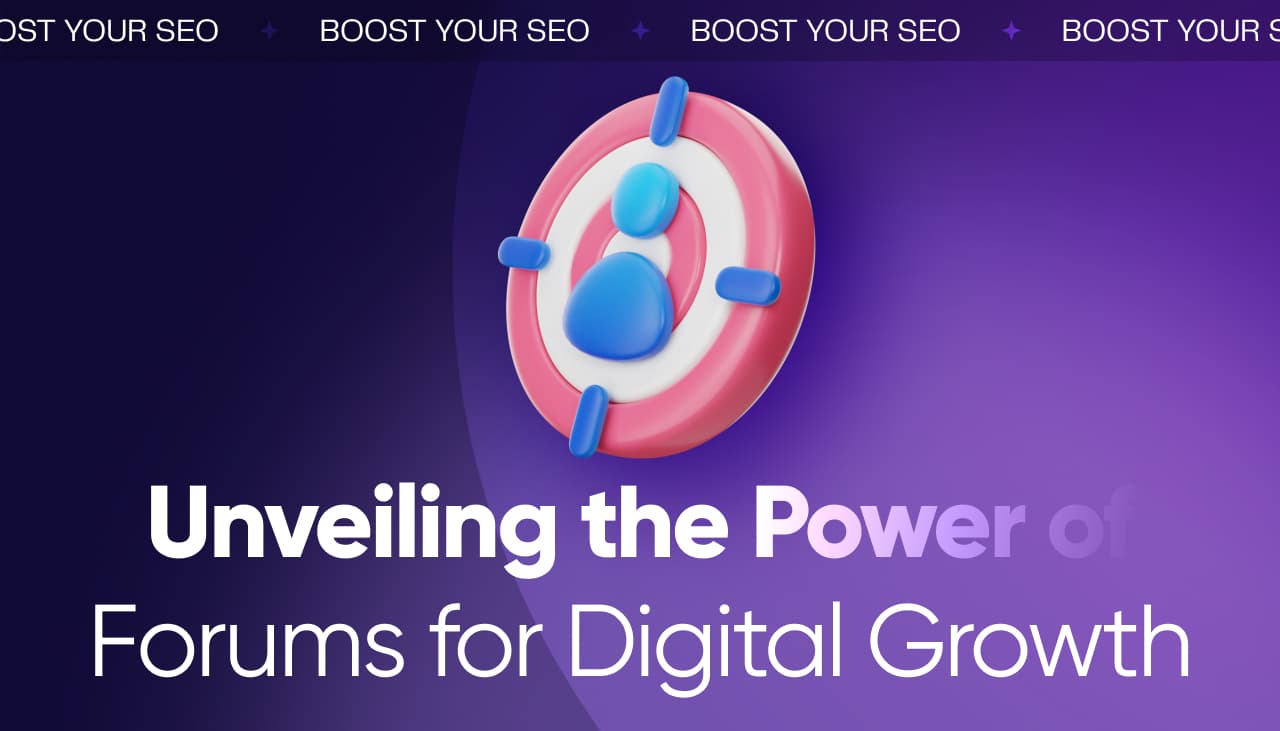In the digital world, understanding SEO analytics and tracking is our key to unlocking the full potential of our online presence. It’s not just about being visible; it’s about being impactful.
With the right tools and insights, we can decode the complex language of search engines. This empowers us to refine our strategies, ensuring our content not only reaches our target audience but resonates with them too.
Let’s dive into the world of SEO analytics and tracking, where data isn’t just numbers, but a roadmap to our success.
Table of Contents
Key Takeaways
- Understanding SEO analytics and tracking is critical for enhancing online presence and ensuring content resonates with the target audience effectively, by using data to refine strategies for better reach and engagement.
- Major metrics such as organic traffic, click-through rate (CTR), keyword rankings, bounce rate, time on site, pages per session, and conversion rate are essential for evaluating the success of SEO strategies and making necessary adjustments.
- Utilizing tools like Google Analytics, SEMrush, Ahrefs, Moz Pro, and Screaming Frog SEO Spider is vital for comprehensive data analysis, offering actionable insights that aid in improving search rankings, user engagement, and overall website performance.
- Interpreting and analyzing SEO data helps identify trends and patterns, understand user behavior, and measure strategy effectiveness, enabling continuous optimization to meet audience needs and stay competitive.
- Improving SEO strategies with analytics involves monitoring keyword performance, analyzing backlink quality, evaluating user engagement metrics, and performing regular technical SEO audits to enhance site authority, increase visibility, and improve user experience.
The Importance of SEO Analytics and Tracking
Understanding SEO analytics and tracking is crucial in today’s digital landscape. These tools not only reveal where traffic originates but also show user behavior on our websites. By diving deep into this data, we can identify what’s working and what’s not. This insight allows us to make informed decisions, optimizing our content and strategy to better meet our audience’s needs.
SEO analytics provide a clear view of our online performance. They help us to see our ranking in search results, which is vital for visibility. Tracking our rankings over time gives us valuable insights into the effectiveness of our SEO strategies. Moreover, we learn which keywords are driving traffic, empowering us to focus on what truly matters to our audience.
Tracking user engagement metrics is another advantage. These metrics, including bounce rate, time on site, and pages per session, offer a window into how engaging our content is. A low bounce rate and high time on site signal that our content resonates with our audience. Conversely, if we see different numbers, it’s a prompt to reassess and adjust.
Conversion tracking is equally important. It shows how well our site turns visitors into actions, be it sales, sign-ups, or any other goals we’ve set. By understanding our conversion rates, we can better allocate our resources, focusing on high-performing channels and strategies.
Lastly, SEO analytics offer competitive insights. We can see how we stack up against our competitors, identifying both their strengths and weaknesses. This knowledge enables us to craft strategies that leverage our unique advantages, keeping us a step ahead in the game.
In sum, SEO analytics and tracking are indispensable tools in our arsenal. They shed light on our digital presence, guiding us toward strategies that amplify our impact online. With these insights, we’re well-equipped to navigate the complexities of the digital world, ensuring that our online efforts lead to tangible results.
Understanding SEO Analytics
Grasping the ins and outs of SEO analytics is crucial for us. It’s about more than just numbers; it’s understanding the story behind them. SEO analytics shine a light on how our content resonates with our audience.
First off, we dive into traffic sources. Are visitors finding us through search engines, social media, or direct links? This data helps us understand where to focus our marketing efforts.
Next, we look at search rankings. Where our pages land in search result pages can dramatically impact our visibility. Keywords are the backbone here; knowing which ones drive traffic to our site is essential.
User behavior metrics like bounce rate and time on site are also pivotal. They tell us if our content is engaging enough to keep visitors around. A low bounce rate and high time on site signal that we’re on the right track.
We can’t overlook conversion rates. Whether it’s signing up for a newsletter or making a purchase, conversions are the ultimate goal. Tracking these helps us understand what’s working and what’s not.
Competitor analysis through SEO analytics gives us invaluable insights. It helps us identify gaps in our strategy and areas where we can outperform our competition.
By continuously analyzing these aspects, we can refine our SEO strategy. Our aim is to create content that not only ranks well but also meets our audience’s needs. This approach ensures we’re always a step ahead in the digital landscape.
Key Metrics to Track
In the realm of SEO analytics and tracking, understanding which metrics matter can significantly impact our strategy. The first metric we cannot overlook is organic traffic. It tells us how many visitors we’re getting from search engines. A rising trend in organic traffic indicates our SEO efforts are paying off.
Another crucial metric is the click-through rate (CTR). It measures the percentage of users who click on our site after seeing our listing in search results. High CTR means our titles and descriptions are compelling and relevant.
We also keep an eye on keyword rankings. This shows us the position of our website in search engine results for specific keywords. Improving rankings for targeted keywords is essential for increasing visibility and traffic.
Don’t forget about bounce rate. It measures the percentage of visitors who leave our site after viewing only one page. A high bounce rate might indicate that our content isn’t meeting the needs or expectations of our audience.
Time on site is another metric we pay close attention to. It tells us how long visitors stay on our website. The longer they stay, the more engaging and useful they find our content.
Pages per session indicates how many pages a user visits in one session. More pages per session can suggest that our site is easy to navigate and filled with interesting content.
Lastly, conversion rate is a key performance indicator. It measures how well our site turns visitors into actions, such as sales, sign-ups, or downloads. Optimizing for higher conversion rates is crucial for our success.
By tracking these metrics, we’re able to fine-tune our SEO strategies, making sure we’re not only attracting more visitors but also creating a better experience for them once they arrive.
Tools for SEO Analytics and Tracking
In our journey to harness the power of SEO analytics, choosing the right tools is crucial. These instruments not only simplify data analysis but also provide actionable insights to drive our SEO strategies forward. Let’s dive into some essential tools that can elevate our SEO efforts.
Google Analytics stands as a cornerstone in the realm of SEO tracking tools. It offers a comprehensive view of website traffic, user behavior, and conversion metrics. This free tool is indispensable for understanding how visitors interact with our site.
SEMrush offers a robust suite of SEO tools, including keyword research, competitive analysis, and site audits. It’s particularly beneficial for tracking our website’s keyword rankings and uncovering opportunities for optimization.
Ahrefs excels in backlink analysis, a vital component of SEO. It helps us monitor our site’s backlink profile, identify new linking opportunities, and keep an eye on competitors’ strategies.
Moz Pro provides a variety of SEO tools, from site audits to keyword research. Its Page Optimization feature gives specific recommendations to improve our pages based on the keywords we’re targeting.
Screaming Frog SEO Spider is a detailed website crawler that identifies SEO issues on our site. It’s excellent for technical SEO audits, finding broken links, and analyzing page titles and metadata.
By incorporating these tools into our SEO strategy, we can gain a deeper understanding of our website’s performance. They allow us to identify strengths, pinpoint weaknesses, and ultimately create a more engaging user experience. With the right mix of these analytics and tracking tools, we’re equipped to navigate the complexities of SEO and emerge with a strategy that not only attracts but also retains our target audience.
Interpreting and Analyzing SEO Data
Once we’ve gathered a wealth of SEO data, the next step is to interpret and analyze this information. This process enables us to understand the effectiveness of our current SEO strategies.
By diving into the metrics, we identify patterns and trends. Search rankings reveal how well our content aligns with user intents.
We also pay close attention to traffic sources. They highlight the pathways users take to reach our site. Organic search, direct visits, referrals, and social media channels contribute to our traffic mix.
User behavior metrics such as bounce rate and time on site offer insights into the engagement level of our audience. A low bounce rate and high time on site indicate that our content is resonating with users.
Conversion rates are crucial for measuring how effectively our site encourages visitors to take desired actions. Whether it’s signing up for a newsletter or making a purchase, these metrics tell us if we’re meeting our goals.
We also analyze our backlink profile to assess the quality and quantity of sites linking back to ours. High-quality backlinks boost our site’s authority and search visibility.
Keyword analysis helps us understand the search queries leading users to our site. It’s essential for refining our content strategy to match user search intent.
By consistently analyzing these SEO metrics, we’re able to make data-driven decisions. This approach helps us fine-tune our strategies for improved search visibility and user engagement.
Competitor analysis offers a benchmark, allowing us to gauge our performance against others in our industry. We identify opportunities to capitalize on their weaknesses and strengthen our own SEO efforts.
Incorporating tools like Google Analytics and SEMrush into our process provides comprehensive insights into our website’s performance. They are invaluable for tracking our progress and identifying areas for improvement.
By interpreting and analyzing SEO data, we continuously optimize our strategies. This ensures that we remain competitive and meet our audience’s needs effectively.
Improving SEO Strategies with Analytics
By integrating SEO analytics into our strategy, we’re empowered to make data-driven decisions. This process fine-tunes our approach, ensuring we’re targeting the right keywords and content.
Keyword performance is a critical metric we must monitor. It tells us which keywords are driving traffic and which ones aren’t making the cut.
Through thorough analysis, we identify low-performing keywords. Then, we either enhance our content around them or shift our focus to more effective terms.
Another aspect we pay close attention to is backlink quality and quantity. High-quality backlinks significantly boost our site’s authority and search engine ranking.
SEO analytics tools enable us to track our backlink profile. We then strategize on improving it or removing harmful links.
User engagement metrics such as bounce rate and time on site are also key indicators. They provide insights into how captivating and relevant our content is to our audience.
Analyzing these metrics allows us to adjust our content strategy. We aim to increase user engagement and decrease bounce rates.
Additionally, page loading speed plays a crucial role in user satisfaction and SEO. Faster-loading pages are favored by search engines and users alike.
We regularly perform technical SEO audits. Our goal is to identify and fix issues that could be slowing our website down.
By consistently analyzing and applying insights from SEO analytics, we remain agile. We quickly adapt to changes in search algorithms and user behavior.
Embracing SEO analytics is not just about improving rankings. It’s about crafting a better user experience that resonates with our audience.
Our continuous effort in analyzing these metrics ensures that our strategy is always ahead of the curve.
Conclusion
We’ve explored the vast landscape of SEO analytics and tracking, uncovering the pivotal role they play in our digital strategy. It’s clear that by harnessing the power of these tools, we’re not just chasing numbers—we’re diving deep into understanding our audience and crafting strategies that resonate. From the intricacies of traffic sources to the nuances of user behavior and beyond, every piece of data tells a story. It’s up to us to listen, interpret, and act. Armed with tools like Google Analytics, SEMrush, and others, we’re equipped to navigate the complexities of SEO with confidence. Let’s continue to analyze, optimize, and innovate. After all, in the ever-evolving world of SEO, staying ahead means staying informed and adaptable. Together, we’ll not only meet our audience’s needs but exceed them, ensuring our content doesn’t just rank but truly connects.
Frequently Asked Questions
What is the importance of understanding SEO analytics and tracking?
Understanding SEO analytics and tracking is crucial because it provides insights into where website traffic originates, user behavior, and helps businesses optimize their content and strategies to meet their audience’s needs more effectively.
How can analyzing SEO data help businesses?
By analyzing SEO data, businesses can make informed decisions, refine their SEO strategies, and create content that ranks well and fulfills audience needs, thereby staying competitive and agile in adapting to search algorithm changes.
What are some key aspects to focus on in SEO analytics?
Key aspects include understanding traffic sources, search rankings, user behavior metrics, conversion rates, backlink analysis, keyword performance, and competitor analysis. Focusing on these areas can help refine SEO strategies.
Which tools are essential for SEO analytics and tracking?
Essential tools for SEO analytics and tracking include Google Analytics, SEMrush, Ahrefs, Moz Pro, and Screaming Frog SEO Spider. These tools offer comprehensive insights into website traffic, user behavior, keyword rankings, and technical SEO audits.
How do these tools benefit businesses in SEO strategy?
These tools benefit businesses by providing detailed insights into website performance, which assists in creating a more engaging user experience, improving keyword performance, backlink quality, user engagement metrics, page loading speed, and conducting technical SEO audits.
Why is it important to continuously analyze and apply insights from SEO analytics?
Continuously analyzing and applying insights from SEO analytics is important because it allows businesses to remain ahead of the curve, adapt to changes in search algorithms and user behavior, and make data-driven decisions to optimize their strategies.





















Responses (0 )